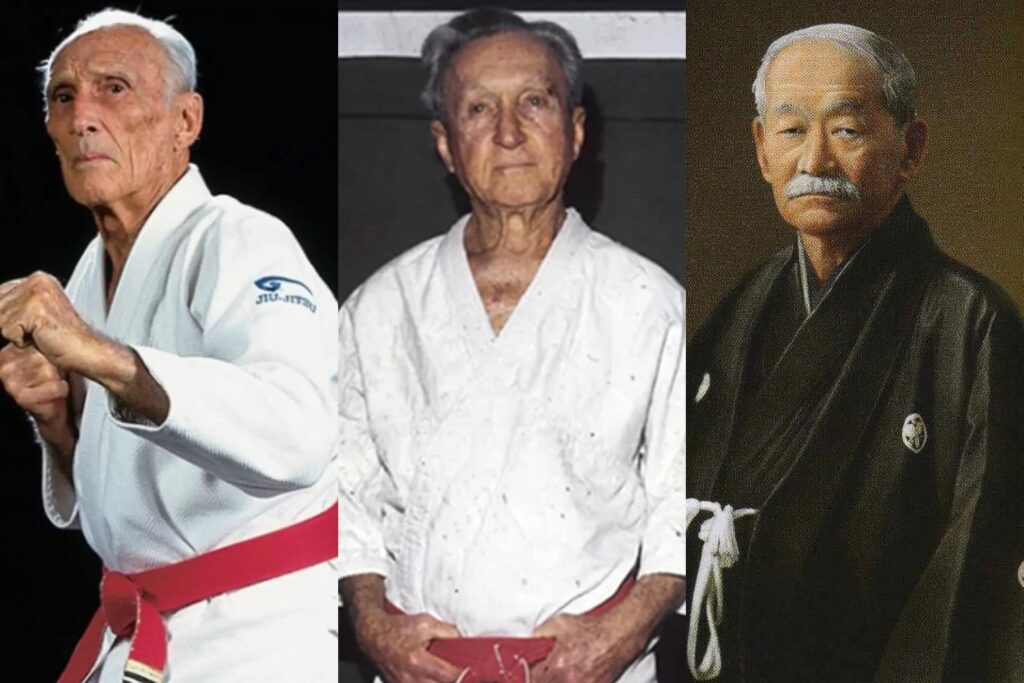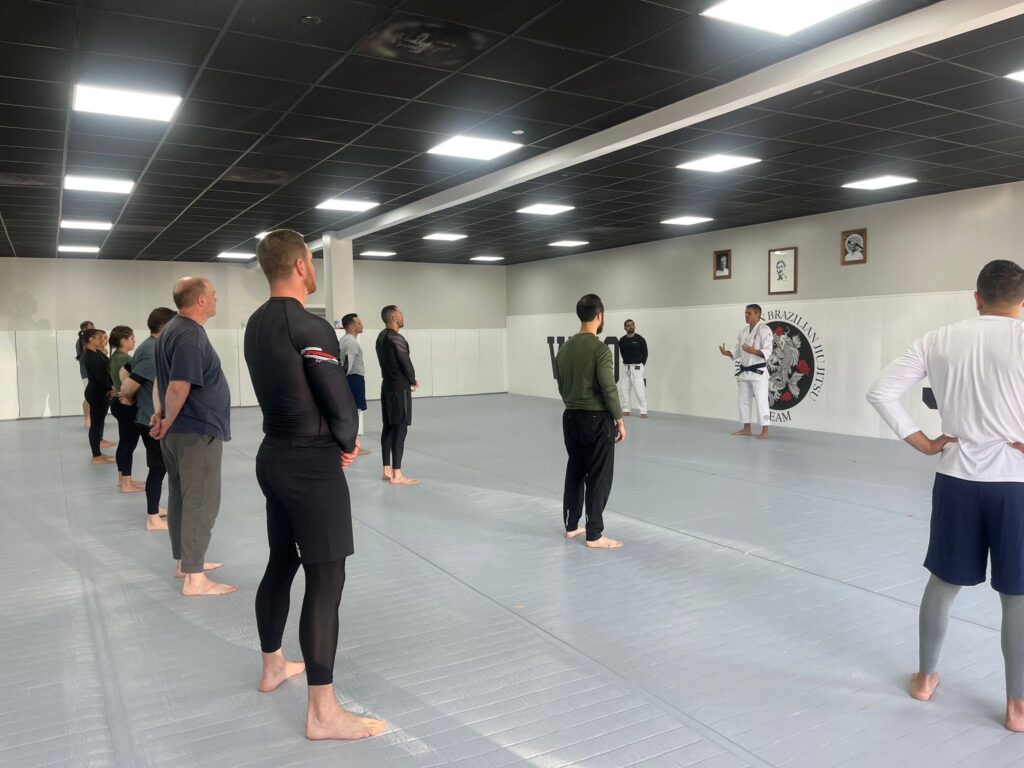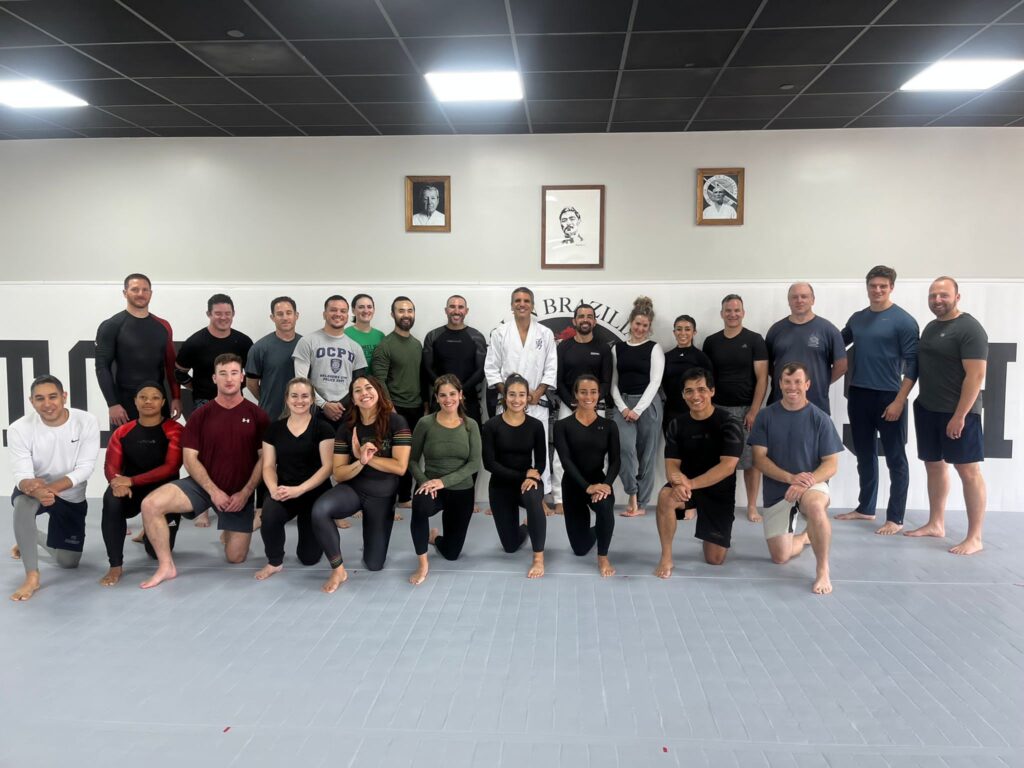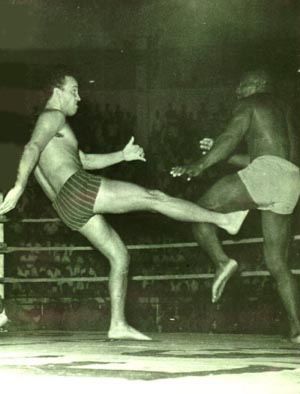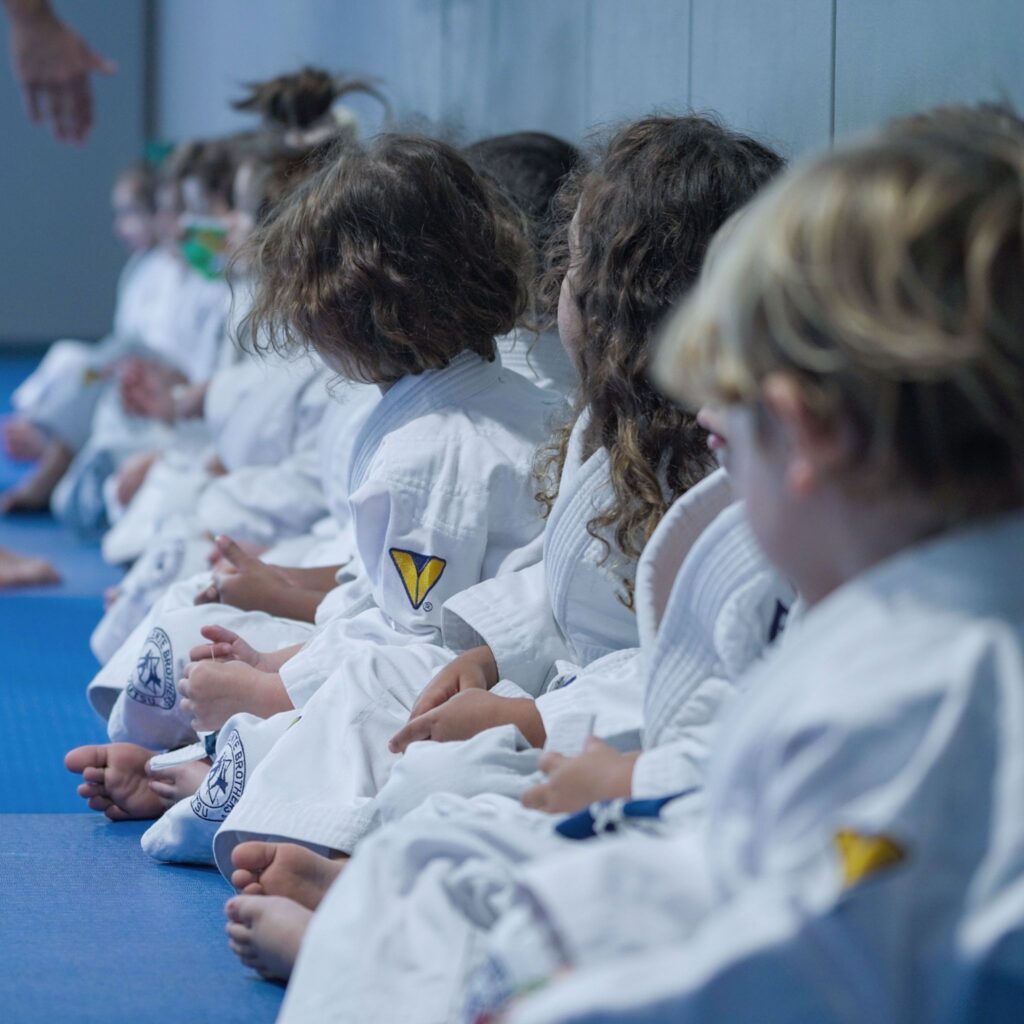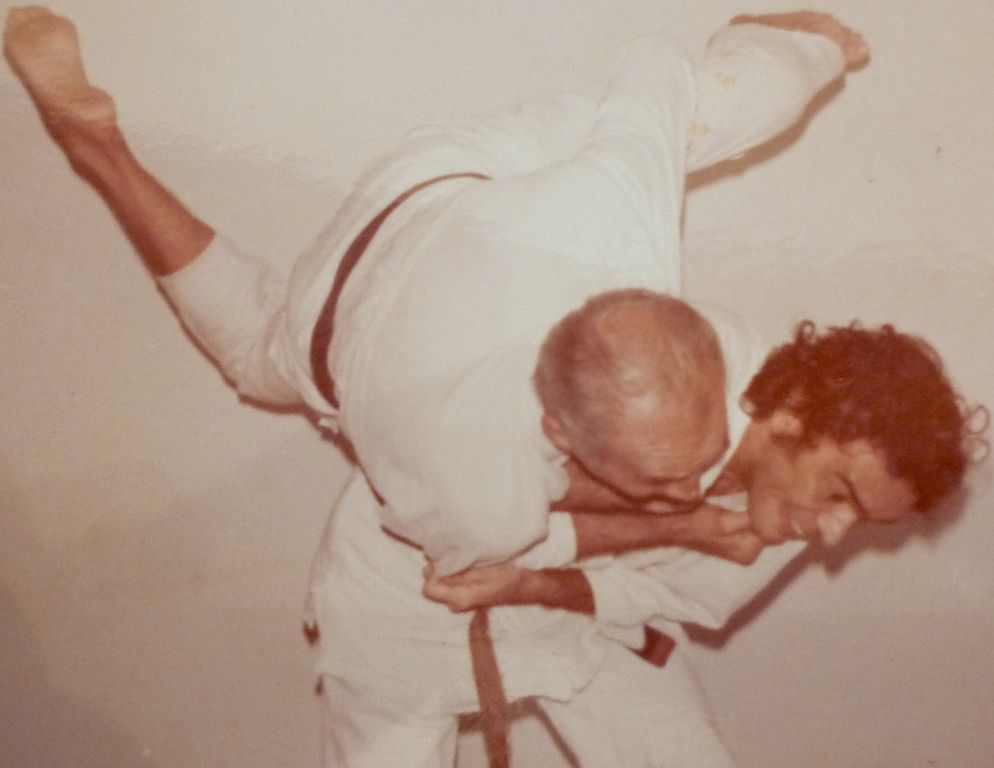The transformation of jujutsu through time is deeply rooted in the vision and innovation of key individuals who looked to adapt and refine traditional jujutsu to create new methods of this ancient Japanese combat system and philosophy. Three pivotal figures in this transformative journey are Jigoro Kano, the founder of Kodokan Judo, and the Gracie brothers, Carlos and Helio, who pioneered what today is widely known as Brazilian Jiu-Jitsu. Their contributions revolutionized martial arts across the world.
Jigoro Kano, born in 1860, came from a prestigious family; his father was a pivotal figure in Japanese society and government. Kano’s family background provided him with opportunities to pursue a rigorous education, eventually leading him to enroll at Tokyo Imperial University.
At Tokyo Imperial University, one of Japan’s most prestigious institutions, Kano studied literature and political science. It was here that he also began his training in jujutsu. However, during this period, Japan was undergoing significant changes. The country was transitioning from its feudal system to a more modern, Westernized society. This change led to a decline in the popularity of traditional martial arts like jujutsu, which were often viewed as leftovers of an outdated era.
This shift was a key reason for Kano’s decision to transform and, in essence, rebrand jujutsu. Recognizing the negative perception surrounding the term “jujutsu,” some of this negative perception being very unfair as it was a generalization, Kano looked to organize a new method that would be more palatable to contemporary Japanese society. He chose the name “Kodokan Judo,” distinguishing his art from the older jujutsu styles. It’s important to note that the term “judo” already existed, but Kano’s Kodokan Judo emphasized a particular philosophy and method.
Kano was not primarily known as a fighter; he was foremost an educator. He held numerous teaching positions and was dedicated to the advancement of education in Japan. Through his extensive efforts, Kano was able to gain recognition for judo as a valuable educational tool. He believed that judo was not just a martial art but a means of developing individuals physically, mentally, and morally.
Kano’s reorganization of jujutsu into Kodokan Judo involved structuring it into a more uniform practice. He integrated philosophical, pedagogical, and technical elements, emphasizing the importance of education and personal development. A notable difference between Kano’s judo and traditional jujutsu was the focus on throwing techniques and contests that valued throws over what Kano considered to be excessive ground grappling. This focus differentiated Kodokan Judo from the ground-centric styles that were prevalent at the time. It’s important to note that there were several jujutsu styles at the time focusing on different aspects of jujutsu.
Kano’s system of judo went on to become a martial art practiced all over the world. It became an Olympic sport in 1964, showcasing its global appeal and structured approach to training and competition. Moreover, judo has been recognized as an excellent educational tool, promoting discipline, respect, and physical fitness. Through Kano’s vision and dedication, judo has flourished as both a sport and a means of personal development, embodying the principles of maximum efficiency and mutual welfare and benefit.
Comparably, the Gracie brothers, Carlos and Helio, began their journey in martial arts in the early 20th century in Brazil. Inspired by Mitsuyo Maeda, a Judo practitioner and Kodokan Judo emissary, Carlos Gracie began his training in jujutsu. Maeda’s academy in the north of Brazil is regarded as the primary source of Carlos Gracie’s jujutsu skills. Despite this obvious connection, Maeda himself, when he arrived in Brazil, had already been exposed to several different styles of martial arts and jujutsu practitioners who did not abide by the Kodokan philosophy.
In addition to this, the original Gracie brothers were exposed to a variety of fighters stemming from many different backgrounds. One cannot deny that in the early 1900s, many fighters and teachers coming from Japan had diverse influences. Interestingly, when Maeda first came to the US accompanying his Kodokan senior counterpart Tsunejiro Tomita, they described what they practiced as Kodokan Judo and not jujutsu. Tomita even went on to describe jujutsu negatively, portraying judo as a better and modernized version. However, years later in Brazil, Maeda chose to describe his style as jujutsu, highlighting a possible significant divergence in styles. It’s important to note that the terms jujutsu and judo, at times, were used interchangeably.
Carlos and Helio also chose to not conform to many of the oriental norms of Kodokan judo, opting for a more Westernized set of protocols. Carlos was a very curious individual who incorporated many different types of knowledge into his system. He studied nutrition and several other areas, including confidence-building techniques, positivity, the law of attraction, diet, posture training, horseback riding, connection with animals, nature, laws of cause and effect, discipline, the value of work, and helpfulness.
While Kano adopted quasi-religious rituals that persist in many judo classes today, Carlos and Helio adapted jujutsu and the Kodokan judo they were exposed to our tropical roots. Through nutrition, Carlos introduced a diet heavily based on fruits, most notably açaí, a berry from the Amazon forest, which gained worldwide recognition mainly due to the brothers making it popular among jujutsu practitioners in Rio de Janeiro. The relationship between student and teacher in judo was more formal, whereas Carlos and Helio treated students as friends.
Another major difference between Kano’s judo and the brothers’ method was in relation to curriculums and the naming of techniques. Kano believed in descriptive names of techniques, while Helio often said that he preferred students to react rather than memorize names, in a more instinctive manner. The brothers developed a unique approach to teaching a complete lifestyle that focused on a holistic martial art style and philosophy.
It is important to mention that Carlos’ and Helio’s brother, George, was a successful fighter who also contributed to bringing influences from other styles. Despite all these influences, the brothers Carlos and Helio were proud representatives of what they considered to be the original jujutsu way, a complete fighting system and not a modified version proposed by the Kodokan, which prioritized throws over grappling. This view of the brothers was in line with a prominent jujutsu movement in Japan that preceded the Kodokan and that Kano, through his political influence, worked hard to extinguish through what he considered a more appropriate style, with throwing techniques as its principal focus.
In the 1960s, the Gracie brothers, Helio and Carlos, agreed to create a set of rules that would govern what became known as Brazilian Jiu-Jitsu (BJJ). Despite the founders always favoring jujutsu as a complete system focused on self-defense, BJJ for tournaments has grown immensely, becoming a global sport with millions of practitioners. The point system they developed clearly demonstrates the prioritization of ground grappling over throwing techniques, contrasting with Jigoro Kano’s Judo. In Judo, a submission through a choke or joint lock carries the same weight as a complete throw, finishing the match with an Ippon. Additionally, a pin originally lasting 30 seconds (now 20 seconds) also finishes the match. In Jiu-Jitsu, however, a throw counts for only two points, while positions like knee on belly (which used to count three points), mounted position, and mount with hooks from the back were awarded higher scores (three and four points, respectively). The only immediate match-ending action in BJJ is a submission. This point system prioritizes ground grappling and submissions as the ultimate goal, whereas Jigoro Kano’s Judo emphasizes throws equally with ground submissions, highlighting the difference in priorities between the two systems.
Brazilian Jiu-Jitsu gained world notoriety through the Ultimate Fighting Championship (UFC), created by Helio’s oldest son, Rorion, and won multiple times by his son Royce. These victories demonstrated the dominance of jujutsu over other martial arts in mano-a-mano no-holds-barred fights. This success was the origin of what became one of the biggest sports in the world, known as mixed martial arts (MMA).
Jigoro Kano and the Gracie brothers, Carlos and Helio, each played pivotal roles in the transformation of jujutsu. Through their dedication, innovation, and philosophical insights, they transformed traditional jujutsu into modern disciplines. Kano’s system of judo became a globally practiced martial art and an Olympic sport, while the Gracies’ Brazilian Jiu-Jitsu gained international prominence through the UFC and the rise of MMA and the growing need for self-defense. Their legacies continue to shape the landscape of martial arts, inspiring practitioners around the world to pursue excellence both on and off the mat.
